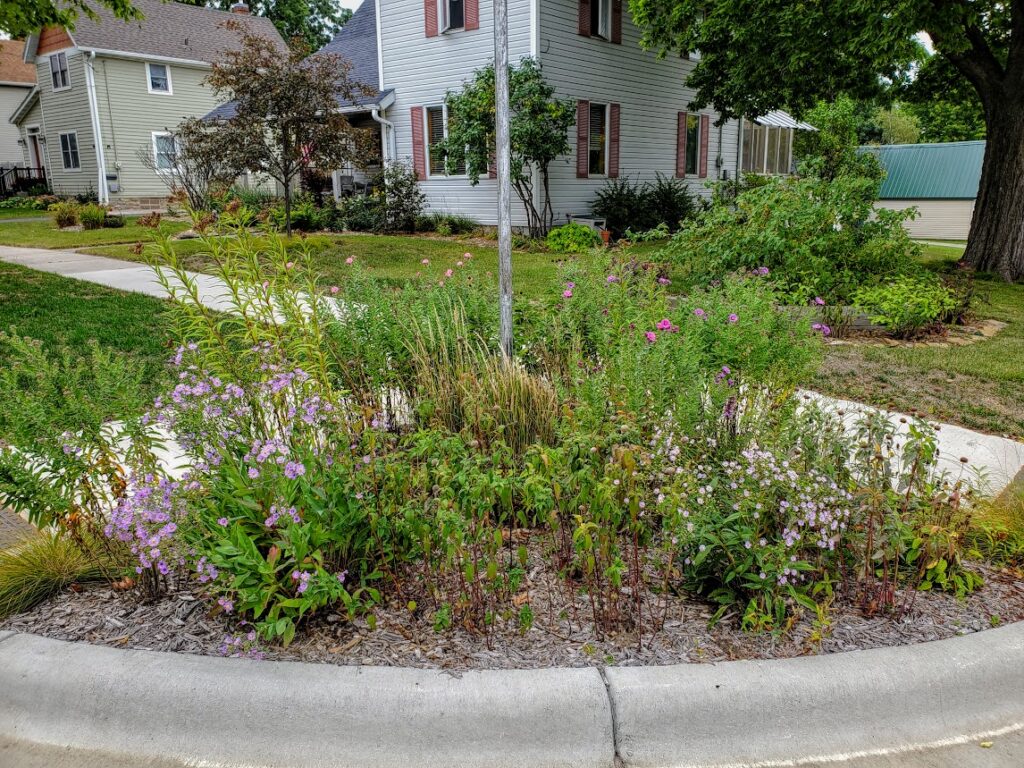Click below to listen to my 2 min. Garden Bite radio show/podcast: Planting native seeds in late Fall
My favorite native seed nursery had a sale and I scored 3 types of flowers I’ve admired. My plan is to sow them outdoors late this Fall.
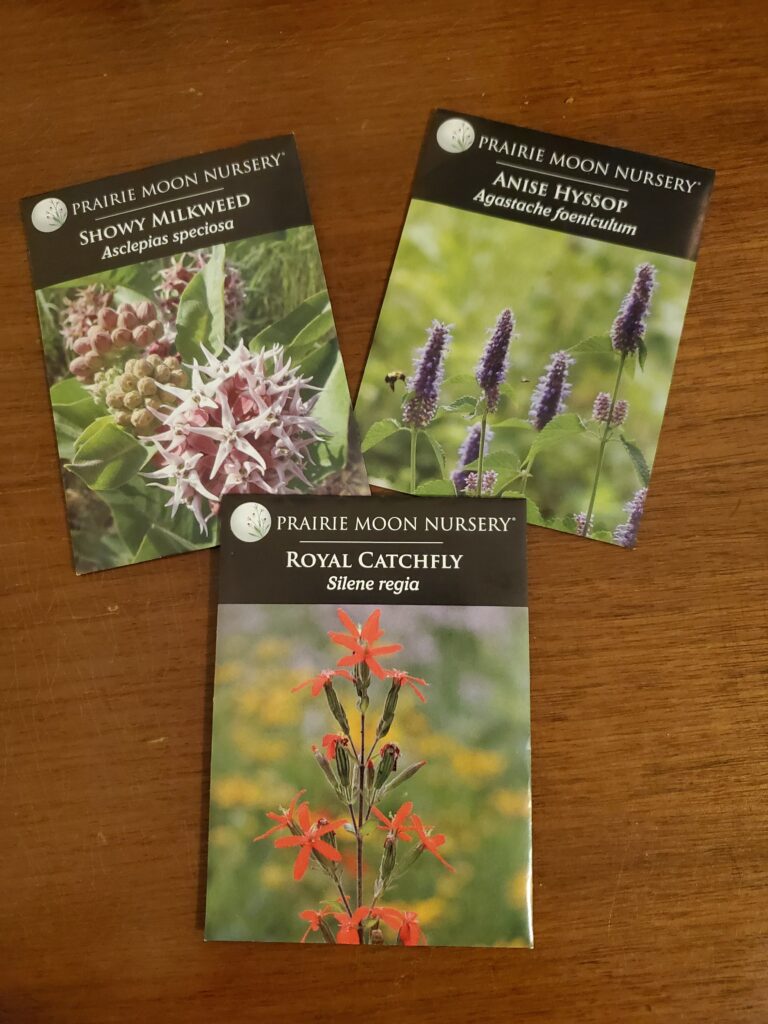
These specific seeds need cold stratification to germinate.
Sowing these in late fall allows the seeds to germinate in their own natural timeframe and it’s easy!
Generally, it’s best to plant on a weed-free site that’s clear of other vegetation. For my purposes I will be interplanting the seeds with other natives.
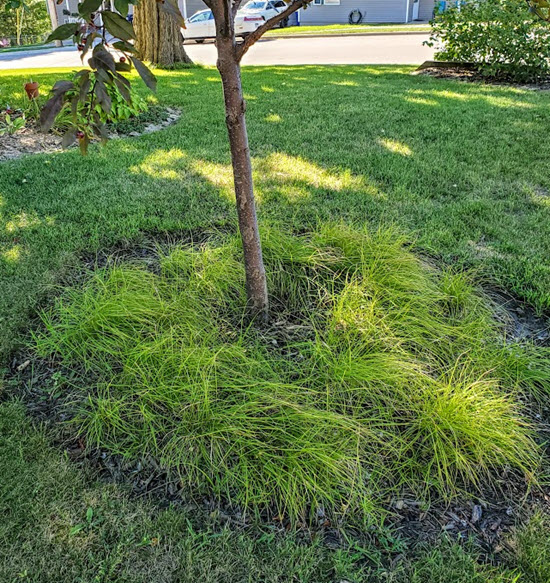
A rule of thumb for planting, according to Prairie Moon Nursery, is to plant the seed NO DEEPER than the width of the seed, that means pretty shallow for most seeds. Those seeds that are really small can be surface-sown then firmly pressed into the soil.

Seed to soil contact is crucial. You can cover the area with burlap to keep it moist.
I bought Royal Catchfly. It’s rarely seen in the wild now due to habitat loss. The scarlet trumpeting flowers are attractive to hummingbirds and Black Swallowtails. It will get tall. My plan is to place it with my sedge in the photo above.

Next up is Anise Hyssop, a favorite of bumblebees. Fluffy spikes burst with tiny purple to lavender flowers.
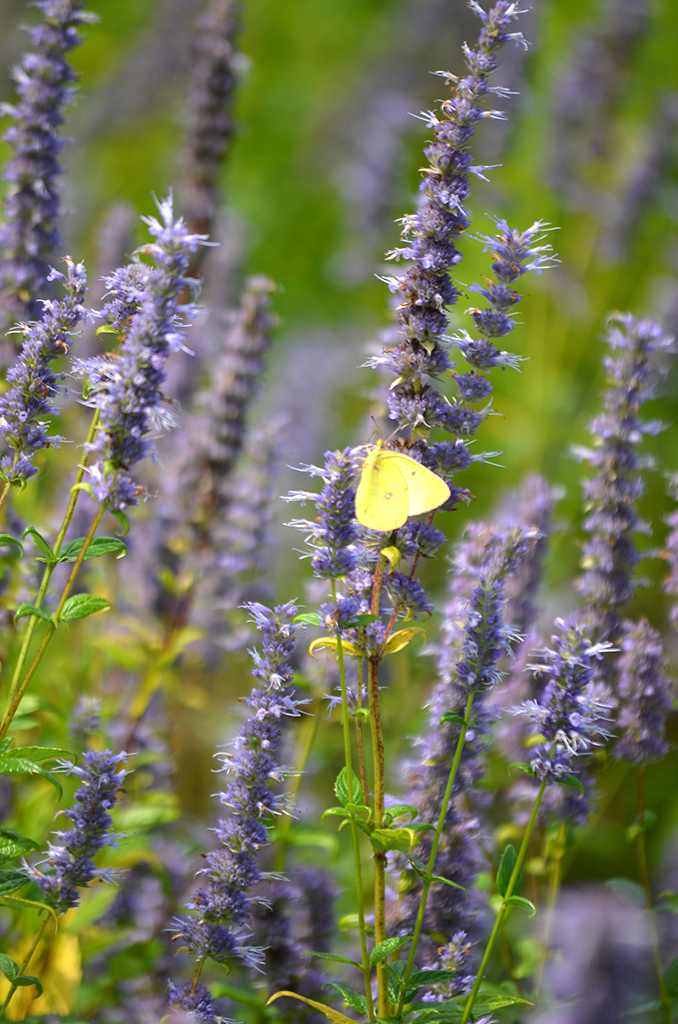
The foliage is fragrant and smells like anise, as the name suggests. It grows to 3 ft tall and I will plant this in parts of my rain garden.
Last but not least, Showy Milkweed. This is not common milkweed, which is aggressive.
Showy milkweed is still a preferred snack to the Monarch butterfly as well as Queen butterflies and hummingbirds.
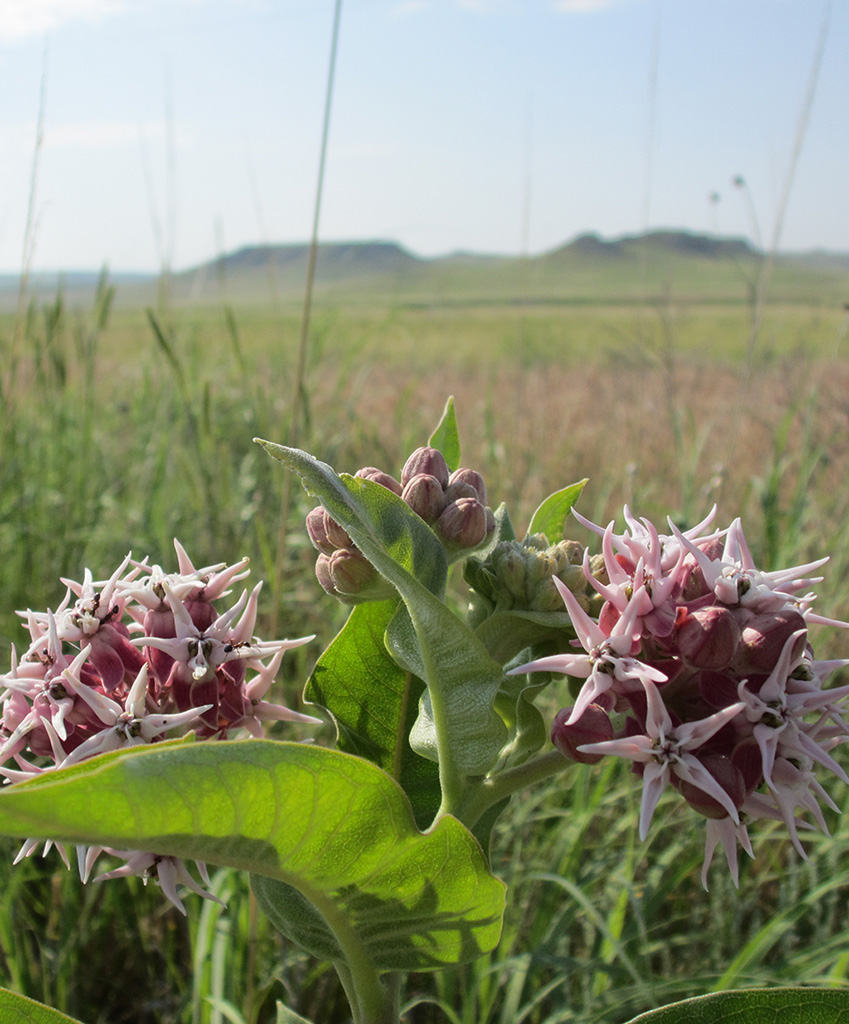
Dense clusters of mauve buds slowly open revealing starfish shaped flowers fanning out their petals. The fragrant, bubblegum pink blooms are a delight to humans too. This plant grows to 4 ft tall and will supplement my butterfly garden in full sun.
